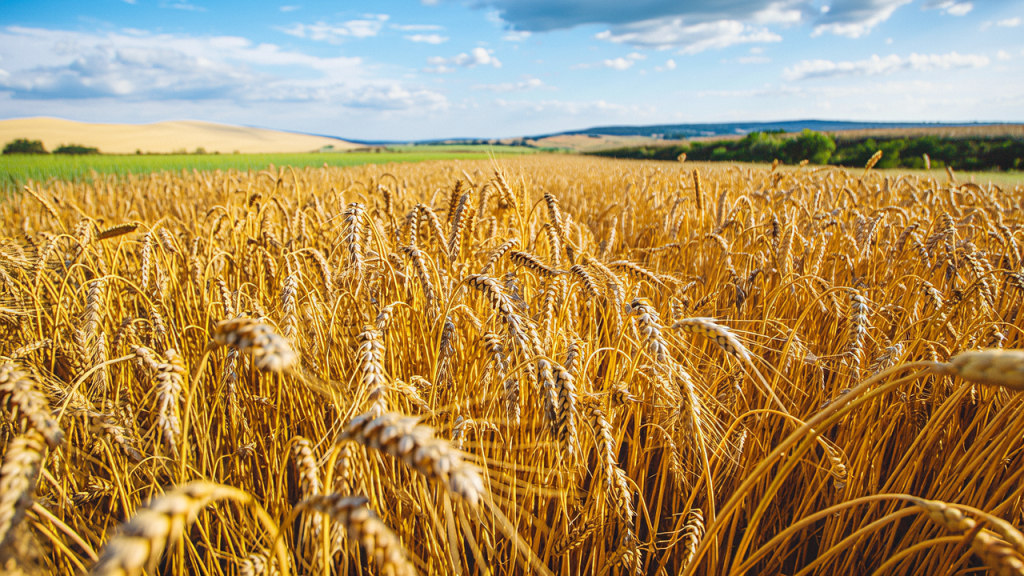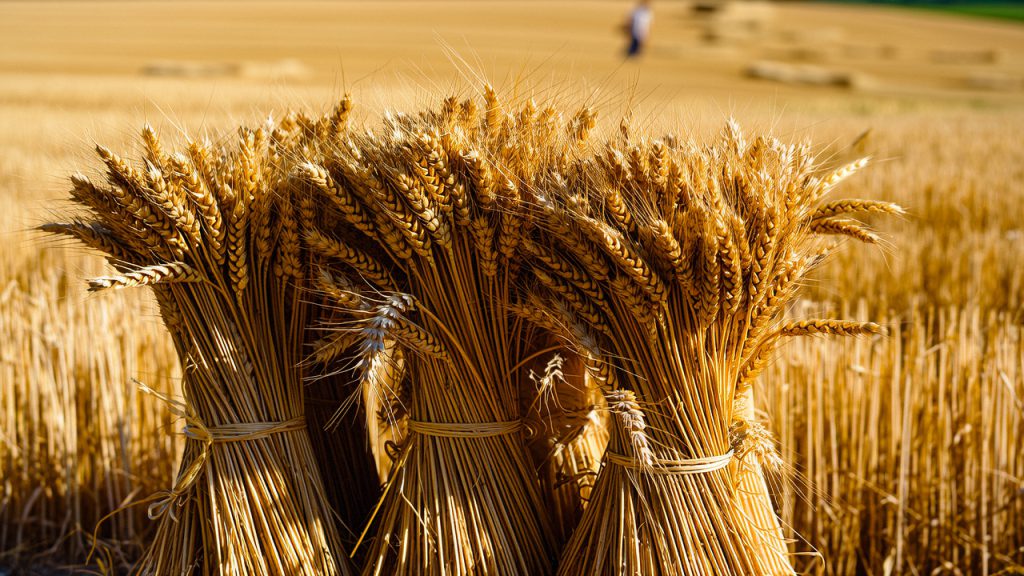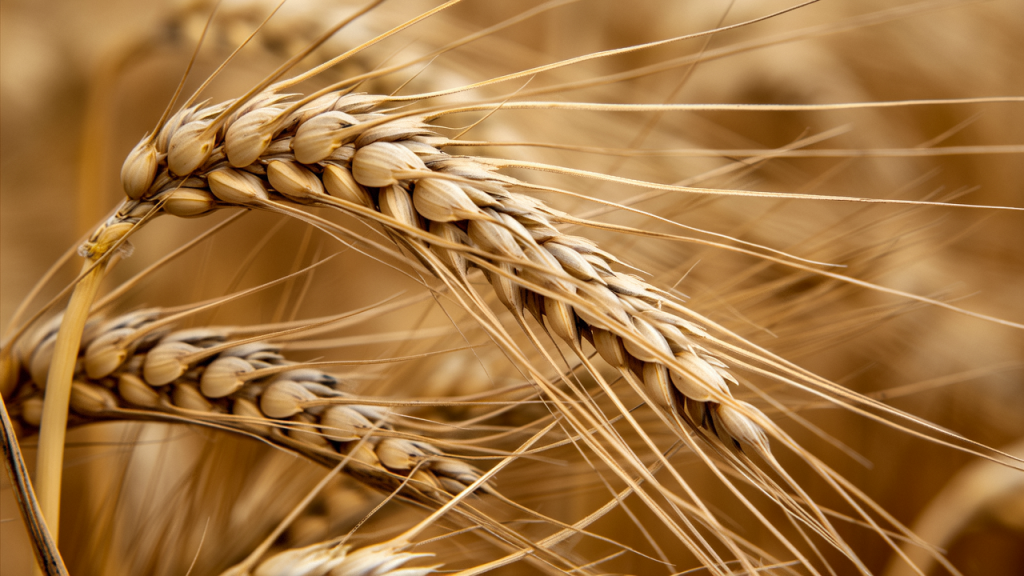Wheat Planting Harvest Cheats
Science-Backed Solutions for 30%+ Yield Increase and Cost Efficiency
Wheat feeds over 35% of the global population, yet farmers face crippling losses: drought slashes yields by 50% in arid regions, nutrient imbalances reduce grain quality, and soil diseases cause $4.3 billion in annual losses FAO Wheat Report 9. This guide delivers field-proven Wheat planting harvest cheats, integrating research from the U.S. Great Plains, European Union trials, and Australian dryland farming. Discover how to overcome critical pain points while maximizing ROI for commercial growers and bulk fertilizer suppliers.
NO.1 Critical Wheat Production Challenges and Targeted Fixes
1.1: Drought Stress and Water Scarcity
Problem: Yield losses exceed 50% during heading stage under water deficit USDA Drought Portal 3.
Solution:
Humic Acid Hydrogels: Apply 5 kg/ha fast-release humic powder with pre-planting irrigation. Boosts soil water retention by 70% in sandy soils (Kansas field trials) 7.
Deficit Irrigation Scheduling: 100% ETc at tillering → 80% ETc at stem elongation → 60% ETc post-flowering. Saves 25% water with <8% yield loss Agricultural Water Management 7.
1.2: Nitrogen-Phosphorus Imbalance
Problem: 65% of global wheat soils show P fixation at pH<6.5, reducing uptake by 40% Soil Science Society of America 3.
Solution:
Starter Fertilizer with Mycorrhizae: Band-apply 10-40-10 + TE + mycorrhizal inoculants at seeding. Enhances P mobility by 200% in acidic soils 7.
1.3: Fusarium Head Blight (FHB) and Root Diseases
Problem: FHB contaminates grain with mycotoxins, causing $3 billion in annual losses Plant Pathology 3.
Solution:
Microbial Biocontrol: Apply anti-replant microbial consortia (Bacillus subtilis + Trichoderma harzianum) at 3 kg/ha pre-planting. Reduces Fusarium incidence by 65% (North Dakota trials) 7.
1.4: Lodging and Stem Weakness
Problem: Wind-driven lodging cuts yields by 25-40% in high-fertility soils Crop Science 4.
Solution:
Potassium-Silicon Synergy: Foliar spray 0-0-50 + 2% silicic acid at stem elongation. Strengthens vascular bundles by 45% 7.
1.5: Continuous Cropping Yield Decline
Problem: Monoculture reduces yields by 22% after 3 years due to pathogen buildup Agronomy Journal 3.
Solution:
On-Farm Compost: Apply 2 tons/ha compost (activated with high-temperature biochar) to restore microbial diversity. Saves $180/ha vs. imported compost 7.
NO.2 Precision Fertilization Framework for 8-12 Ton/Ha Yields
2.1: Base Dressing Protocol
Pre-Planting: Incorporate 2 tons/ha compost + 200 kg/ha slow-release humic-K granules to improve CEC and nutrient buffering 7.
Starter Boost: 10-40-10 + Zn/Mn (150 kg/ha) in-furrow – accelerates root establishment by 30% 7.
2.2: Growth-Stage-Specific Applications
Tillering (Zadoks 21-29): 420-0-0 liquid N (50 L/ha) via fertigation if biomass <1.5 tons/ha.
Stem Elongation (Zadoks 30-39): MKP (0-52-34) + boron (2 kg/ha foliar) – prevents sterile florets.
Grain Filling (Zadoks 70-79): 10-5-45 + TE (3 L/ha) – increases 1,000-kernel weight by 15% 7.
NO.3 Water-Smart Tactics for Arid Regions
3.1: Subsurface Moisture Conservation
Biochar Mulching: 5 tons/ha chips reduce evaporation by 40% in Australian trials 7.
3.2: Drought-Tolerant Varieties + Hydrogels
Recommended Cultivars: ‘SY Valiant’ (Canada), ‘Drysdale’ (Australia).
Hydrogel Integration: Mix 3 kg/ha water-retaining polymers with seedbed preparation.
NO.4 Cost-Benefit Analysis of 3 Production Systems (Per Hectare)
| System | Total Cost | Yield (Ton) | ROI | Key Constraints |
|---|---|---|---|---|
| Traditional Practice | $580 | 4.2 | 1:1.8 | Low P availability, water stress |
| Enhanced Fertilization | $920 | 7.6 | 1:3.5 | Higher micronutrient costs |
| Integrated System | $1,150 | 10.8 | 1:4.9 | Requires soil testing tools |
*Integrated System includes: Humic acid granules, anti-replant microbes, 10-5-45 grain-filling boost, and deficit irrigation.*
NO.5 Organic Matter Optimization: Cutting Input Costs 30%
On-Farm Compost Production
Process: Layer wheat straw + manure + 5 kg/ton compost starter. Ferment 45 days 7.
Economics: Ideal for wholesale fertilizer suppliers – reduces dependency on synthetic NPK.
NO.6 Conclusion: Building Climate-Resilient Wheat Operations
Mastering wheat productivity requires region-specific adaptations: sandy soils demand hydrogels, acidic fields need humic-P synergies, and continuous cropping relies on microbial interventions. These Wheat planting harvest cheats deliver:
30-45% higher yields via staged nutrient releases and stress-tolerant microbes
$240/ha input savings through water-smart tactics and on-farm compost
Premium grain quality meeting EU mycotoxin standards (<2ppm DON)
*”Ukrainian cooperatives using these protocols reduced nitrogen use by 35% while achieving $40/ton premiums for high-gluten wheat.”*
Explore our tailored solutions:
Humic-K Granules for pH buffering
Anti-Fusarium microbial blends for disease suppression
Bulk discounts on 10-5-45 + TE for grain-filling stage
If you are interested in this article, or have any questions that need to be answered, You can find us at any time through the chat icon in the lower right corner of the webpage. Of course, you can also check out our other social media (such as Linkedin) to learn more about us.

The stalks of wheat fields with customized formula fertilizer are stout and upright, the resistance to lodging is increased by 50%, and the incidence of rust disease is reduced by 40%;

The effective tillering number of a single plant increased by 35%, the wheat ears were full and uniform, and the yield per ha exceeded the high-yield threshold of 8 tons.;

The protein content of the grains reached 14.5%, the starch conversion rate increased by 20%, and the dietary fiber content of bran exceeded 12%, which meets the national first-class gluten wheat standard (GB/T 17892).

